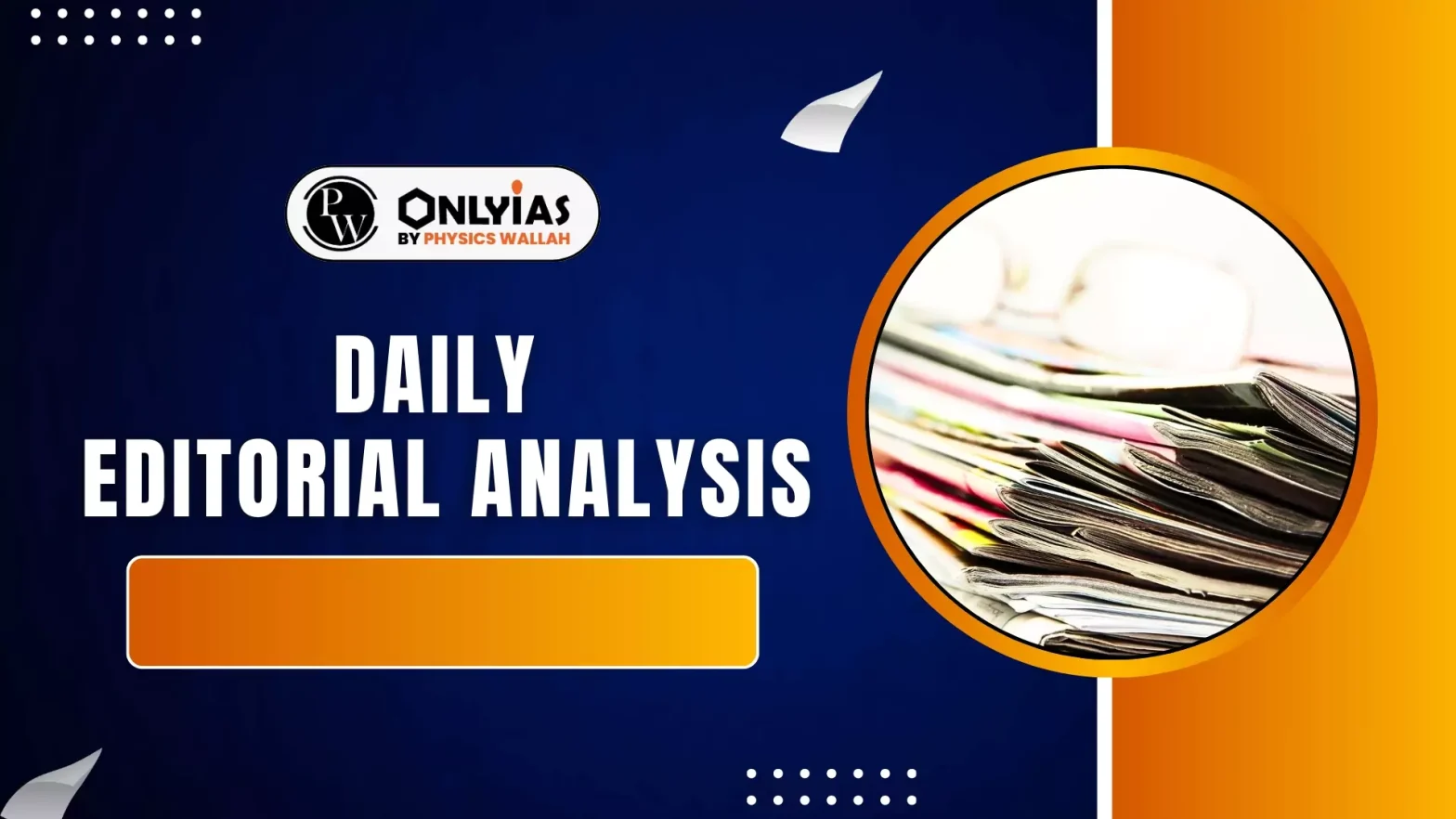The year 2025 marks the 80th anniversary of the Food and Agriculture Organization (FAO), established in 1945.
Historical Context and Current Status
- Post-WWII Crisis: FAO was established in 1945 after World War II, when a World Food Survey revealed that nearly two-thirds of the global population lacked adequate food.
- Current Challenge: Despite global food production being sufficient to feed everyone, 8.2% of the world’s population continues to suffer from chronic undernourishment.
- Amartya Sen’s Insight: Starvation is often caused by poor distribution and lack of access to food, rather than insufficient food availability.
Key Achievements of FAO
- Eradication of Rinderpest: FAO led global efforts to eliminate the Rinderpest virus by 2011, protecting livestock and farmers’ livelihoods.
- Codex Alimentarius: Established global food safety standards to ensure consumer protection and fair food trade practices.
- International Rice Commission (IRC): Supported rice production revolution, including India’s Green Revolution through High Yielding Variety (HYV) seeds.
- Disaster Response (Desert Locust): Coordinated $231 million to protect $1.77 billion worth of crops during the 2019 locust attacks amid the COVID-19 pandemic.
- Global Collaboration: Enhanced international collaboration on fishing regulations and controlling plant and animal diseases.
Contemporary Challenges
- Climate Shocks: Extreme weather events such as floods and droughts threaten agricultural stability.
- Pest and Disease: Pests like Fall Armyworm and diseases like Avian Influenza affect global agriculture and cross borders.
- Geopolitical Tensions: Conflicts, such as the Russia-Ukraine war, disrupt supply chains for essential commodities, raising food prices and impacting poor countries.
Way Forward
- Hand in Hand Initiative: Invest in regions with high hunger and agricultural potential, deploying technology to increase crop yield and quality efficiently, ensuring better production.
- One Country One Priority Product: Promote national specialty crops like millets to improve farmer income and provide better nutrition globally.
- South-South and Triangular Cooperation: Facilitate knowledge, technology, and investment sharing among developing countries to promote better environment through sustainable agricultural practices.
- Digital Villages Initiative: Equip farmers with digital tools for market access, weather updates, and e-commerce to enhance better life and improve rural livelihoods and dignity.
Conclusion
Marking 80 years, FAO has been pivotal in promoting food security, agricultural innovation, and global collaboration. Yet persistent undernourishment, climate shocks, pests, and geopolitical tensions demand renewed focus on inclusive, technology-driven, and sustainable agricultural solutions.
![]() 17 Oct 2025
17 Oct 2025

